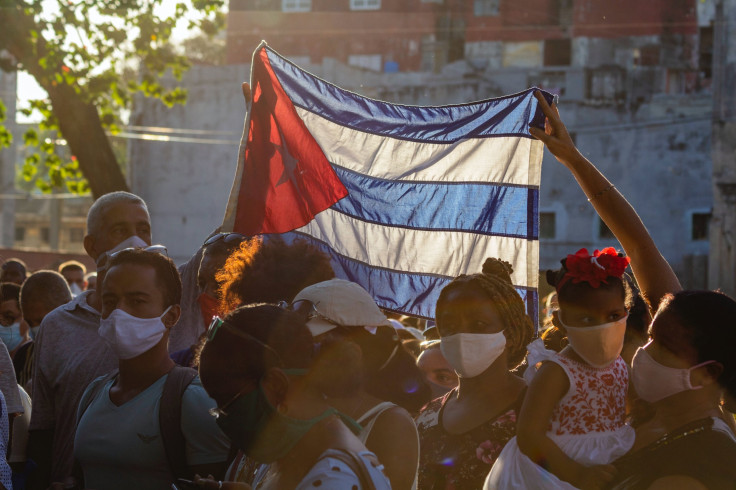
As Cuba's economic crisis continues to spiral, a new report is illustrating the widespread extent it's having on its population.
The study, published by the Cuban Observatory of Human Rights (OCDH) and titled "The State of Social Rights in Cuba," indicates that 89% of the population will end the year living in extreme poverty.
More granularly, 86% of Cuban households exist on the margins of survival, with 61% unable to afford basic necessities.
The OCDH conducted interviews with over 1,000 adults across 78 municipalities, revealing that 72% of respondents consider the food crisis the most pressing issue. A significant portion of the population, particularly those over 70, struggle to afford or access sufficient food. Moreover, only 15% of Cubans regularly eat three meals a day.
The study also points to blackouts, high living costs, low wages, corruption, and deteriorating public health as major concerns.
The lack of medical supplies and the decline of the healthcare system, once a point of national pride, are significant worries as well, with 38% of elderly respondents unable to get necessary medicines due to cost and shortages.
Those receiving remittances from abroad and can purchase basic goods from non-state stores, fare better.
Public dissatisfaction with the government's economic and social management is at an all-time high, with 91% of respondents giving such an answer and 4% viewing it favorably. The depreciation of the Cuban peso and high unemployment, with 12% of respondents jobless and 69% of them unemployed for over a year, further compound the crisis.
The Cuban government's acknowledgment of the dire situation is reflected in its unprecedented request for assistance from the World Food Program to supply milk for young children.
This economic decline has led to a significant exodus, with the Cuban population decreasing by 18% over the past three years, according to a study by a local demographer.
Juan Carlos Albizu-Campos determined the country's current population now stands at 8.62 million. He did so after extrapolating the amount of Cubans who have arrived in the U.S. between October 2021 and April 2024, as he says historical trends show such migration accounts for a third of the total.
Overall, over 738,000 people in Cuba left for the U.S. during the period, based on calculations combining visas granted, humanitarian parole cases and apprehensions following unlawful crossings. Based on Albizu-Campos' calculations, 1.79 million people left the country between 2022 and 2023, an unprecedented figure in the country's recent history.
The figure largely exceeds those of other crises. Since the 1959 revolution, historic events such as the "freedom flights," the "Mariel boatlift" and the "rafter crisis," about 620,000 people had left the country, Spanish news agency EFE reported.
The country has recently announced a "partial" and temporary dollarization of its economy amid the deepening crisis.
Prime Minister Manuel Marrero described the current scenario as a "war economy" and said the government will start accepting payments in foreign currencies at venues related to its industry, including hotels and stores.
© 2024 Latin Times. All rights reserved. Do not reproduce without permission.







